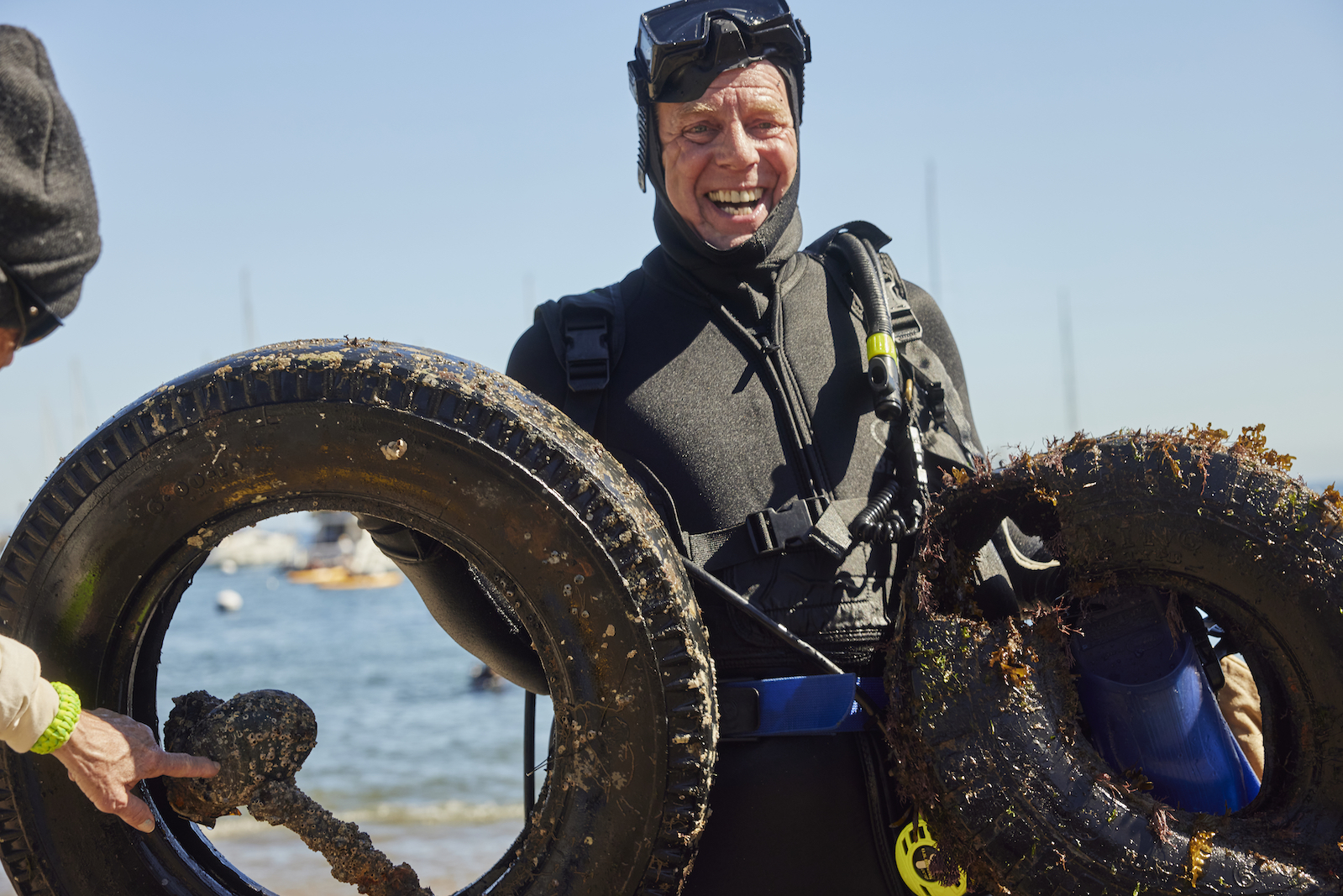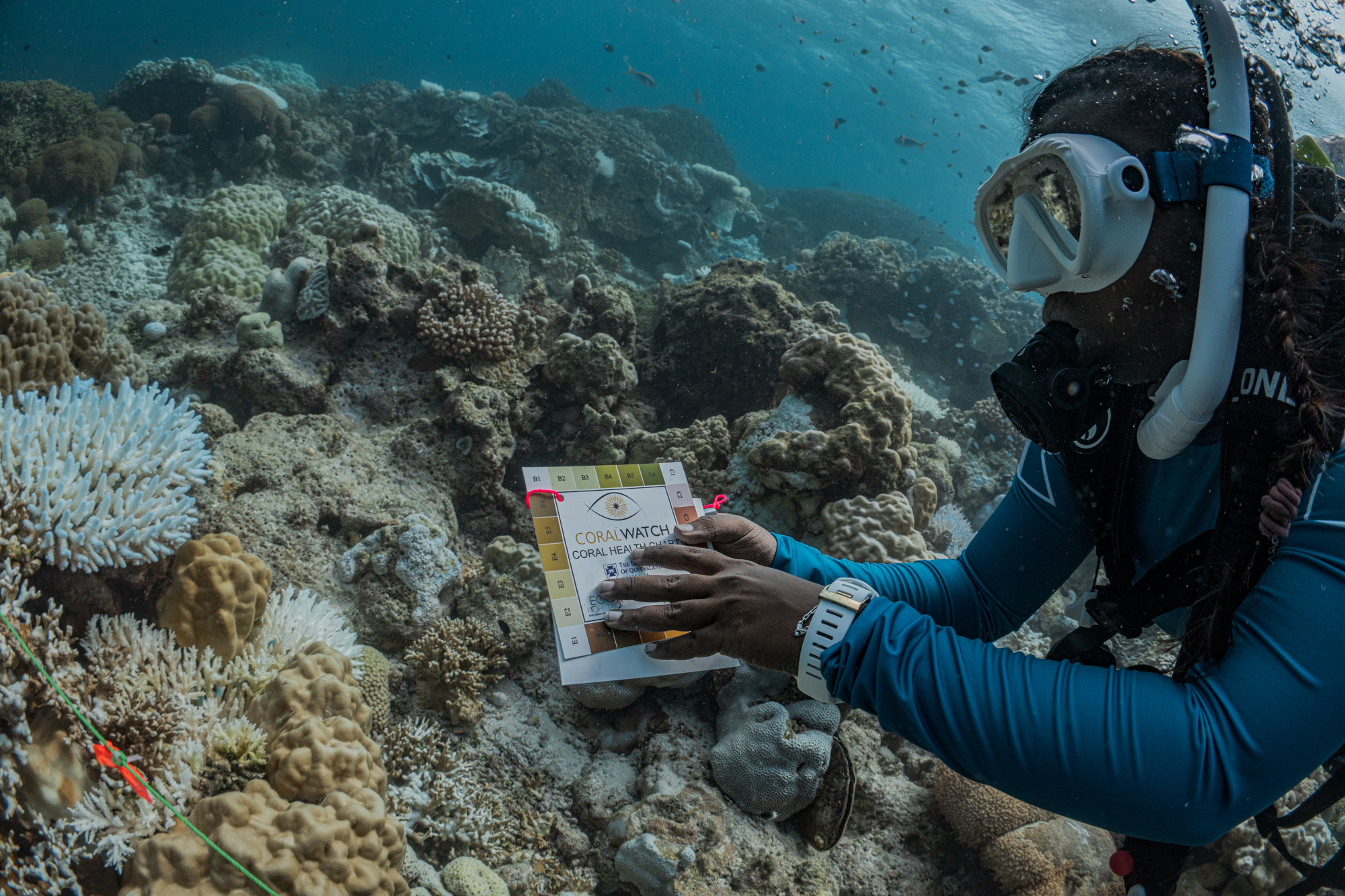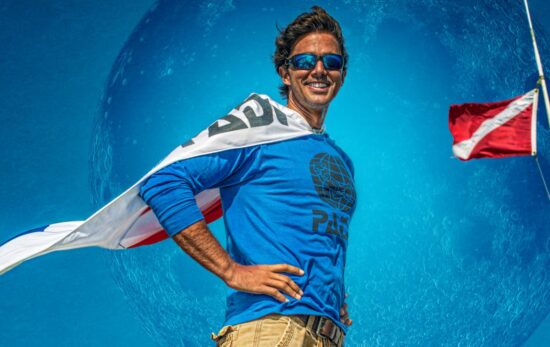People protect what they love, and divers love the ocean. How can you not? When you start diving, you discover a whole new world filled with magical creatures, impossible colors, and incredible views at every turn. If you’ve been lucky enough to see the wonders that lie underwater, it’s natural to want to preserve them. Maybe you even want to start your own community project for ocean conservation, but how do you go about it?
Here are some tips so you can get started today.

Community Projects for Ocean Conservation
The oceans are made up of many diverse habitats that rely on a very delicate balance to survive. All the different marine ecosystems are currently under threat from human activity. On the positive side, this means there are many areas where your conservation efforts can make a big difference.
Taking the PADI Blueprint for Ocean Action as a reference, here are some of the actions community projects can focus on:
- Multiply Marine Protected Areas (MPAs)
- Protect marine species
- Accelerate coral reef recovery
- Increase blue carbon habitats
- Rid the oceans of marine debris

Where Are You Going To Make an Impact?
Community ocean conservation projects can focus on education, such as supporting local businesses in implementing sustainable tourism practices, or on taking action, for example organizing beach clean-ups. The most impactful projects combine both.
- You could educate on reducing plastic use and follow up with Dive Against Debris dives to clean up the local dive sites.
- Projects can focus on habitats, like mangrove planting, or on marine species, such as protecting turtle nests in vulnerable locations.
- Then again, you could contribute to habitat restoration, through coral farming for example, or focus on preventing future damage, like teaching local kids to snorkel and become the conservationists of tomorrow.
- Community projects can also support a wider global organization, such as citizen science studies for Coral Watch or the Manta Trust database. On the other hand, they could be standalone and tailored to local needs. This might include containing invasive species or MPA monitoring.
Wherever your passions lie, you can find many ways to make a difference.

Getting Started on Your Ocean Conservation Project
Once you’ve decided how you’d like to make an impact, it’s time to roll up your sleeves and get started! Here’s a short checklist to help you with your first steps.
1. Talk to the community
Whether you’re a local or not, you can get vital input from key local stakeholders. Speak to officials, teachers, beachside businesses, or the general public. They can help you understand what needs they have, other projects that are already in place, and the possibility of partnering up with others who share your goals.
2. Draw up an action plan
Once you have your project idea and validate it with the community, it’s time to draw up an action plan. What specific activities will you be doing? Are they a one-time thing, such as installing an artificial reef structure, or do they need ongoing attention, for example, the maintenance of a coral nursery?

3. Make it sustainable
If you want your ocean conservation project to have a long shelf life so you can make a difference for many years, make sure you set it up for the long term. Do you need any permits or registration so you can receive funding? What are the ongoing costs to run it? What time commitment will it require? Are there educational resources or training materials already available, like the free Green Fins conservation tools? Do you have the skills you need for all aspects of your project, or do you need support? If you need ongoing help, can you create a volunteer program that benefits both sides?
4. Get the resources
Once you’ve crunched the numbers and seen what the costs for your community project will be, it’s time to think about funding. You could ask for donations or sponsorships, request government subsidies, host fundraisers, sell merch, or apply for grants, such as the PADI AWARE Foundation™ Community Grant.
5. Market your project
To have a greater impact, you want more people to know all about your ocean conservation project. You can inform the locals and visitors via flyers or town halls. If you want to have a broader reach, social media is the way to go, although it requires consistent effort and can be time-consuming.

And with that, you’re ready to go! Starting a community project for ocean conservation is a fantastic way to create the change you want to see, taking us one step closer to a better future for our oceans.
Remember, even the smallest actions can make a difference and create a ripple effect.
You can take your first step to help the ocean right now by taking the Save the Ocean pledge and telling all your friends and family how they, too, can become stewards of our blue planet.





